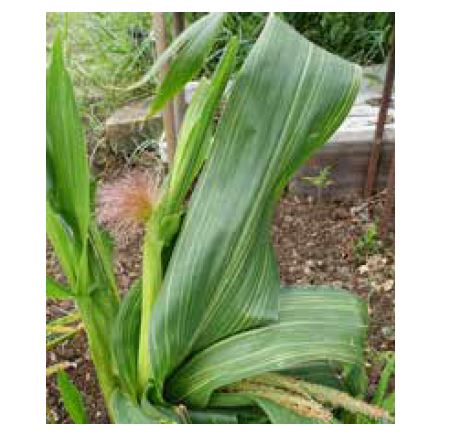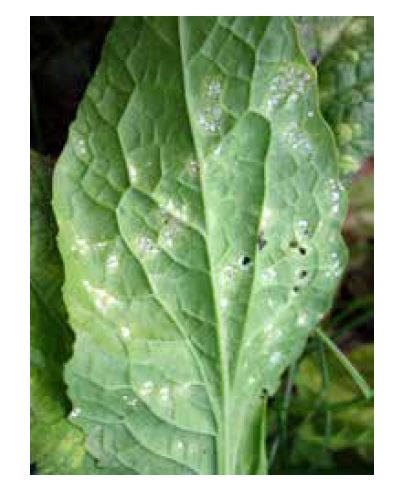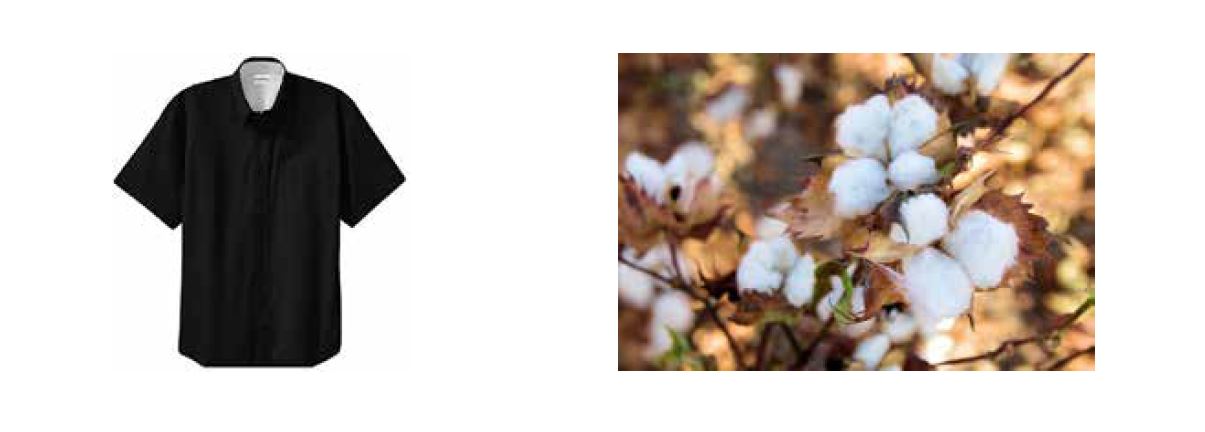TEACH-FLEX
Classifying Plants
Grade Levels: 3rd Grade,4th Grade,5th Grade
It is estimated that there are nearly 400,000 different species of plants on earth. They come in many shapes and sizes. One plant can look completely different from another plant. Their leaves and stems can look very different. In fact, they may not even have leaves and stems. Fully grown plants can be as small as a speck of dust
(watermeal) or 300 feet tall (redwood). There is an orchid that grows in the rainforest that has seeds so small that 35 million of them weigh only one ounce. The largest seed in the world is a seed from a type of palm tree and can weigh up to 40 pounds.
With so many plants and so many differences, it is next to impossible to know all of the plants. There is a system called taxonomy that is used to classify all living things. It divides these living things up by using nine different levels. Everything gets a scientific name! For example, corn is called Zea Mays. This system has been around for over 250 years and it can be complicated.
Let’s learn some more common terms that are easier to understand to describe the plants that we see every day. Some are simple and some may be a challenge.
This lesson is the work product of the Kansas Corn Commission. Our lessons are written in collaboration with Kansas teachers for use in the classroom. Teachers may copy and share this curriculum. Use of this product for commercial or promotional use is prohibited without express permission of Kansas Corn.
Newsletter Sign Up
Each quarter we release a newsletter written by teachers for teachers. This is an easy way to keep up with what is happening at Kansas Corn STEM.
Subscribe Today!




